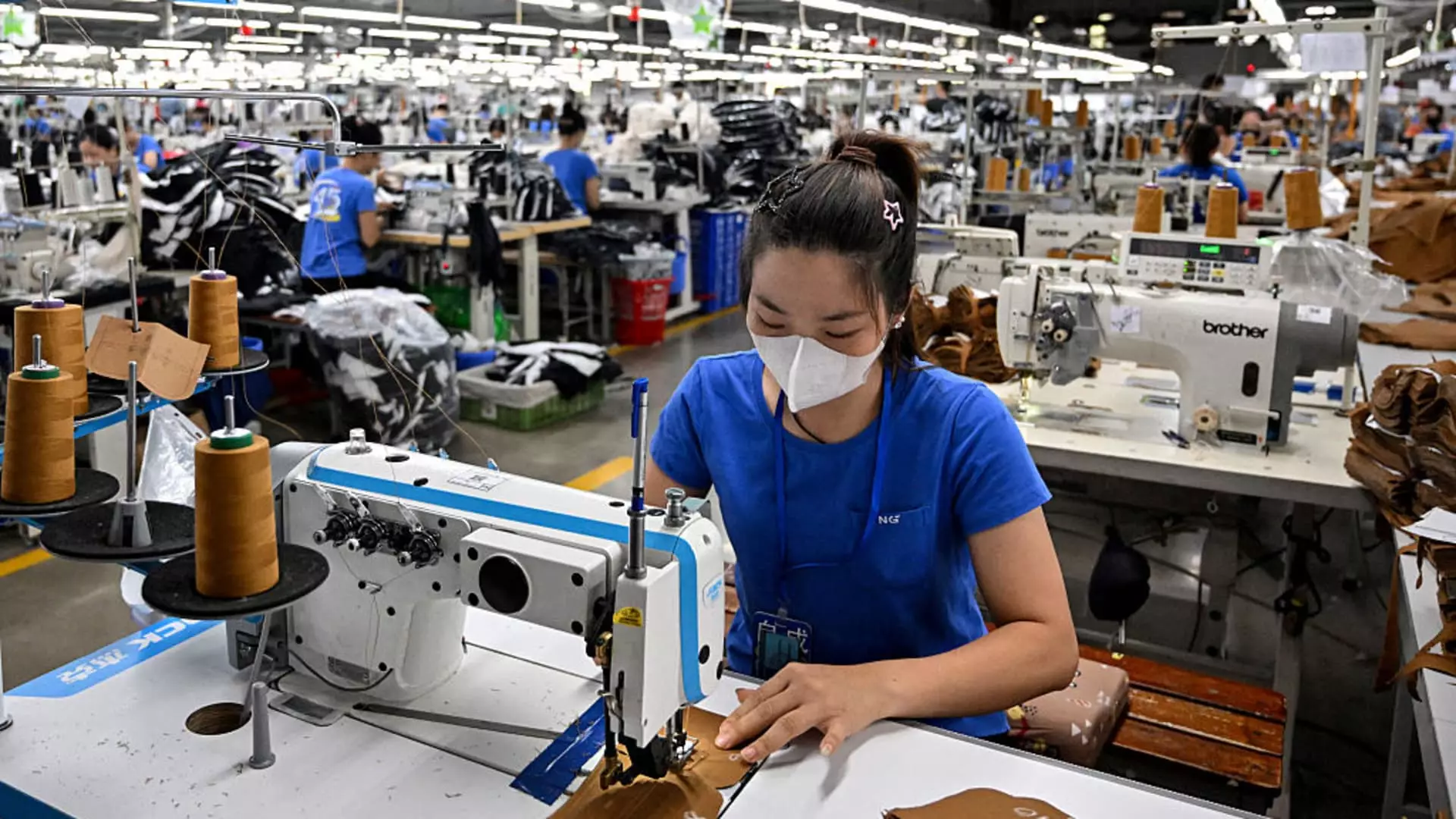On the surface, President Trump’s announcement of a new trade agreement with Vietnam appears to be a strategic victory for American interests. The claim that the U.S. will gain tariff-free access to Vietnamese markets and impose a 20% tariff on imports is presented as a win, a step towards fairer competition and economic sovereignty. Yet, such narratives often mask the deeper, often detrimental, economic implications of these policies. While protecting American industries and asserting control over transshipping practices seem commendable, the reality exposes a more complex and problematic landscape. Trade agreements framed as victories are frequently Trojan horses, leading to unintended consequences that ultimately harm consumers and small businesses.
The assumption that tariffs act solely as protective measures disregards the interconnectedness of global supply chains and the nuanced costs born by American households. Cost increases on goods like apparel, electronics, and even everyday items like home furnishings often translate into higher prices for consumers, disproportionately impacting lower- and middle-income families. The promise of regulation crafted to combat transshipping—where goods are rerouted to evade tariffs—sounds resolute, but is it effective? Experience suggests that such measures often merely push the problem further underground, rather than eliminate it. Raiding one transshipment hub for another only complicates the trade landscape, entangling it in a web of tariffs and legal loopholes that can undermine the broader goal of fair trade.
The Economic Reality: Costs and Benefits,” a Questionable Tradeoff
From an economic perspective, the recent deal’s major flaw lies in its potential inflationary outcomes. Raising tariffs from 10% to 20%, even with the touted aim of fairness, risks escalating costs for American importers. These costs tend to be passed along the supply chain—either to consumers through higher retail prices or to producers through increased raw material costs. A notable example is apparel, where even small tariff hikes can cause significant price escalations, directly impacting affordability and consumer choice.
Furthermore, the assumption that American consumers are insulated from these shifts is naive. The slight uptick in the S&P 500 following Trump’s announcement pales in comparison to the everyday economic pain faced by workers and families. The stabilization of markets does not equate to economic security for the average citizen. In fact, the short-term gains observed by stockholders are often at the expense of long-term economic stability, especially when tariffs distort trade flows and encourage inefficient production practices.
Critics rightly warn that these protectionist measures foster uncertainty in the global economy. Unpredictable trade policies deter investment and innovation, trapping the U.S. in a cycle of reactive tariffs rather than strategic economic growth. Instead of fostering collaborative international relationships, such tactics seem to prioritize nationalism over pragmatic economic management. This approach risks turning trade into a zero-sum game, where the gains for some are offset by losses for many.
Questioning the Narrative: Who Really Wins?
While Trump claims “Vietnam will pay,” it is crucial to understand who bears the brunt of these tariffs. As with most tariff policies, the burden shifts from the government to the consumer—either directly through higher prices or indirectly through reduced access to affordable goods. The narrative of protecting American jobs often obscures the reality that consumers, small importers, and domestic workers in lower-income sectors are the ones most impacted by these policies.
Importantly, Vietnam’s economy—particularly its reliance on exports like clothing, electronics, and furniture—remains vulnerable to these shifts. With nearly 30% of Vietnam’s GDP tied to exports to the U.S., economic pain inflicted by tariffs could create ripple effects both locally and across the supply chain. Under stress, Vietnam might seek alternative markets, which could lead to retaliation or diminished trade relations, ultimately undermining the initial goal of a “win-win” arrangement.
The broader question remains: does this protectionist approach serve America’s long-term economic health, or does it merely provide a temporary political boost? The evidence suggests that tariffs often serve as short-term political tools, fueling nationalist rhetoric, while neglecting the foundational need for strategic economic partnership and innovation. A truly balanced approach would involve leveraging diplomatic engagement and fair regulation to ensure reciprocal benefits, rather than relying on tariffs that distort the natural flow of global commerce.
A final, critical observation must be made: the framing of these policies as victories for “fair trade” is inherently flawed. They are, at best, tactical moves that carry significant risks of economic disruption, inflation, and prolonged uncertainty. The real cost of such measures often manifests in diminished consumer welfare, stunted economic growth, and strained international relations—outcomes that ultimately undermine the stated objective of a stronger, fairer America.


Leave a Reply